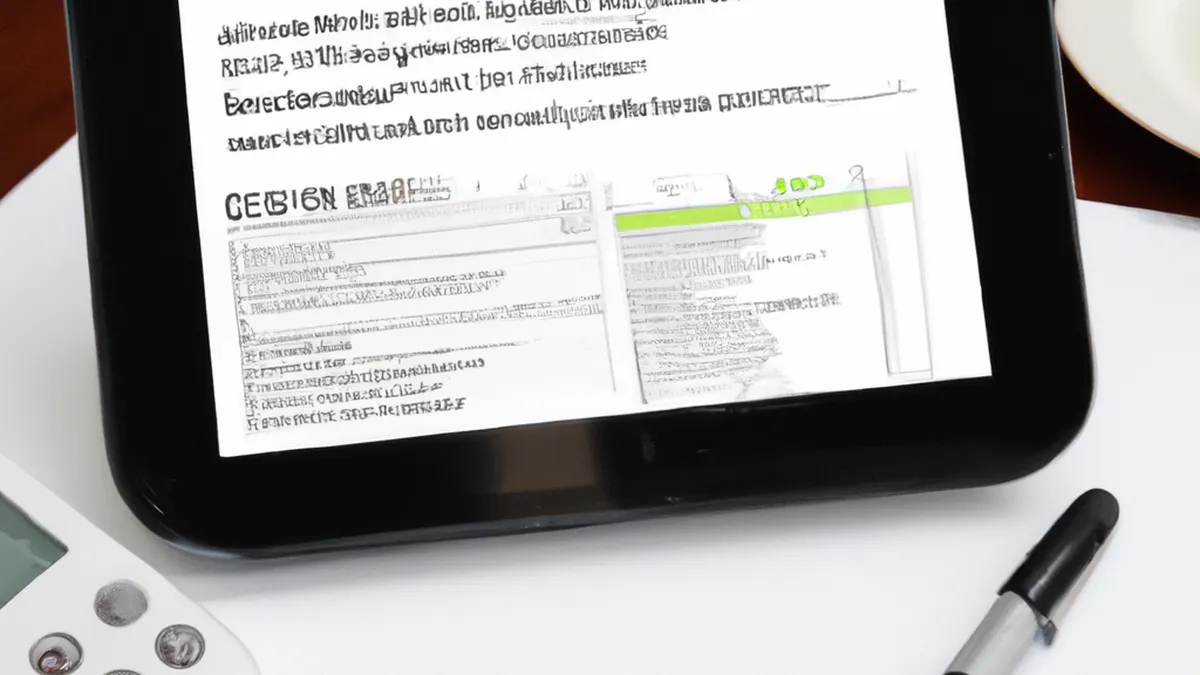Enhance Wellness with Real-Time Glucose Feedback
How to Use Continuous Glucose Monitoring for Personalized Meal Planning
Continuous glucose monitoring (CGM) has gained popularity in recent years. This technology provides real-time insights into blood sugar levels. With CGM, you can tailor meal plans to meet your body’s unique needs. This blog post will guide you on using CGM for effective meal planning.
Understanding Continuous Glucose Monitoring
Before meal planning, understand how CGM works. CGM devices use a small sensor placed under your skin. This sensor measures glucose levels in your interstitial fluid. It sends data to a receiver or smartphone app, offering real-time glucose readings.
CGM provides valuable insights into how your body responds to foods. This information helps you make informed choices about what and when to eat. With these insights, create a meal plan that stabilizes your blood sugar levels.
Tips for Using CGM Data in Meal Planning
1. Track Your Baseline Levels
Start by tracking your baseline glucose levels. Monitor your glucose levels for a few days without dietary changes. This data helps you understand your body’s normal ranges. You can identify how specific foods affect your glucose levels.
2. Experiment with Different Foods
After establishing your baseline, experiment with different foods. Choose a variety of meals and snacks. Monitor your glucose levels at regular intervals after eating. This practice shows how each food impacts your blood sugar.
For instance, pair carbohydrate-rich foods with protein or healthy fats. This combination may lead to more stable glucose levels. Keep a food diary to document your observations. You can refer back to successful meals later.
3. Plan Your Meals Around Your Data
After several experiments, notice patterns in your data. Use this information to create a personalized meal plan. Focus on foods that keep your glucose levels stable. For example, substitute white bread with whole grains if it spikes your levels.
Pay attention to portion sizes. Sometimes, the amount you eat affects your glucose response more than the food type. Adjust portions based on your CGM data to find the right balance.
4. Include Snacks Wisely
Snacking can complicate blood sugar management. However, CGM data helps you choose the right snacks. Look for snacks that maintain steady glucose levels. Nuts, seeds, and yogurt often work well.
Time your snacks wisely. Eating a small snack before exercise can stabilize glucose levels. Use your CGM readings to find the best timing for your snacks.
Advice for Successful Meal Planning
Monitor Trends, Not Just Numbers
While individual readings matter, focus on trends over time. Look for patterns in your glucose levels. If your levels spike after certain meals, adjust those meals accordingly.
Stay Hydrated
Hydration significantly impacts glucose management. Drinking enough water helps your body function optimally. Dehydration can lead to blood sugar fluctuations. Keep a water bottle handy throughout the day.
Consult with a Professional
If you struggle to interpret your CGM data, consult a healthcare professional. A registered dietitian provides personalized advice based on your readings. They can help create a tailored meal plan that meets your needs.
Benefits of Using CGM for Meal Planning
Using CGM for meal planning offers several benefits. It provides real-time feedback, allowing immediate adjustments. This feedback loop helps you understand your body better.
It promotes healthier eating habits. As you learn which foods stabilize your glucose, you gravitate toward better choices. This shift can lead to weight management and improved overall health.
Lastly, it empowers you to take control of your health. With CGM data at your fingertips, you engage more in your dietary choices. You actively work toward maintaining stable blood sugar levels.
Conclusion
Using continuous glucose monitoring for personalized meal planning can transform your relationship with food. Track your glucose levels, experiment with foods, and plan meals around your data for better health outcomes. Monitor trends, stay hydrated, and seek professional guidance when needed. Embrace the power of CGM for a healthier, balanced lifestyle.
Below are related products based on this post:
FAQ
What is Continuous Glucose Monitoring (CGM) and how does it work?
Continuous Glucose Monitoring (CGM) is a technology that provides real-time insights into blood sugar levels by using a small sensor placed under the skin. This sensor measures glucose levels in the interstitial fluid and transmits data to a receiver or smartphone app, allowing users to monitor their glucose levels continuously.
How can I use CGM data to improve my meal planning?
To improve meal planning using CGM data, start by tracking your baseline glucose levels for a few days without dietary changes. Then, experiment with different foods and monitor how they affect your glucose levels. Use the insights gained to create a personalized meal plan that focuses on foods that stabilize your blood sugar, while also considering portion sizes and timing of snacks.
What are the benefits of using CGM for meal planning?
Using CGM for meal planning offers several benefits, including real-time feedback that allows for immediate dietary adjustments, the promotion of healthier eating habits as you learn which foods stabilize your glucose levels, and greater empowerment in managing your health by actively engaging in dietary choices to maintain stable blood sugar levels.















Post Comment